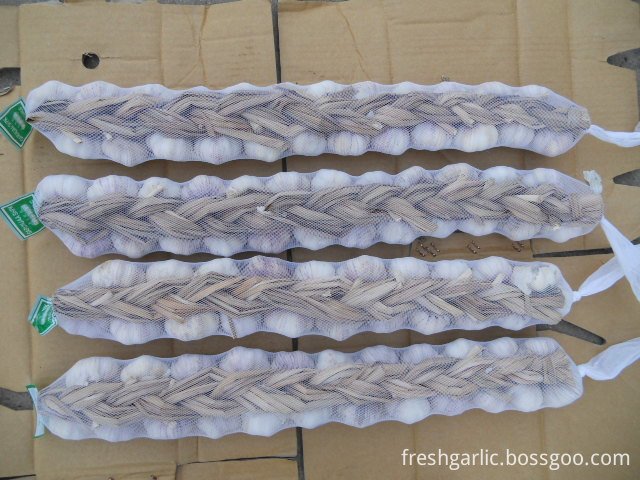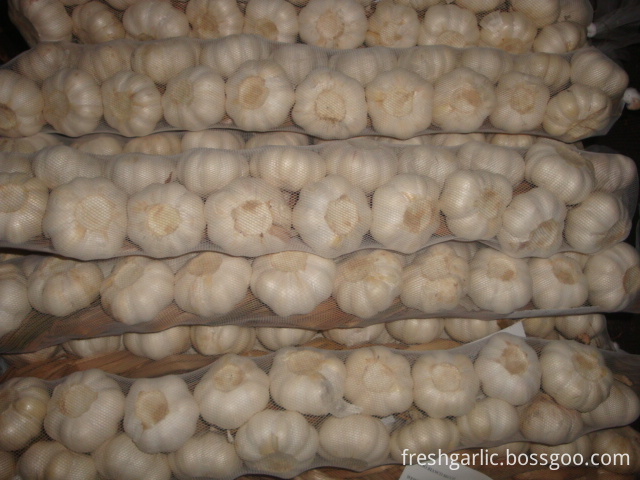Symptoms pea black spot mainly damages the leaves, stems near the ground and English. The leaves were sick and had a round to irregular spot, with dark brown to black in the middle, with 2-3 ring bands, on which many small black spots were produced, namely pathogenic conidia. Streaks were found on stem stems. The diseased part was dark brown, and the stems and stems were yellow and dead. Infected with the disease, the pupils had irregular purple-shaped spots, and the diseased parts had secretions. They were brown to dark brown, and were dry and sore. They invaded the seeds and caused spots. The route of transmission and onset of disease occur on the surface of the ground with mycelium or conidia in the seed or with the conidia in the winter. The pathogens of the following year are transmitted through wind, rain, or irrigation water, and they invade through stomata, water holes, or wounds, causing morbidity. Seed carriers can be propagated remotely with seeds. Seedlings with diseased seedlings can be found in the cotyledon at the seedling stage and spread to the true leaves. After the onset of the disease in the field, conidia are produced on the lesions and transmitted through wind, rain, or agricultural operations, causing reinfestation. Control methods (1) Use disease-free soybean meal, separate threshing seeds, soaking seeds with warm water of 56°C for 5 minutes before sowing, and disinfect the seeds. (2) Timely sowing should not be premature. Advocate sorghum cultivation, appropriate dense planting, reasonable fertilization, increase potassium fertilizer, and increase resistance to disease. (3) Early onset of spraying 50% ceric chloride copper wettable powder 500 times or combined control peas other leaf spot early spraying 75% chlorothalonil wettable powder 1000 times plus 70% thiophanate-methyl wettability Powder 1,000 times, 75% chlorothalonil wettable powder 1000 times plus 70% mancozeb WP 1000 times, 40% polysulfide suspension 500 times, 50% compound thiozidate 800 times, Every 10 days or so, once for 2-3 times, pay attention to spray evenly.
We can supply Garlic Braids all the year round. The garlic braids range from 8 to 22 bulbs per braids.The garlic braids can be packed in small bags or cartons.We can also satisfy the packing and the length of braids you desire. The garlic braids order should be placed before garlic harvesting in China.
1. Commodity name: garlic braids
9. Shelf life: stored for up to 12 months in the proper conditions
Garlic Braids Garlic Braids,Fresh Garlic Braid,White Garlic Braid,Normal Garlic Braids JINING FORICH FRUITS & VEGETABLES CO., LTD. , https://www.forichgarlic.com
The pathogen Ascochyta pinodes (Berk. et Bloxam) Jones. Said bean bean shell spore, is a fungus of the subphylum Fungi. The sexual state is Mycosphaerella pinodes (Berk.et B1.) Stone called pea spheres, belonging to Ascomycete spp. Ascian capsules are spherical in size 100-140 μm, ascaria cylindrical to elliptic, 58-6212 (μm) in size, and ascospores oval or elliptic in size 17.77.9 (μm). Conidia are colorless, double cells, size 12-173.5-5.5 (μm) with an average of 12.34.5 (μm).
3. Feature: strongly spicy, milk white flesh, naturally bright color, no burnt, no mouldy, no broken, no dirt skins, no mechanical damaged, roots cleaness.
4. Size: 5.0-5.5cm,5.5-6.0cm, 6.0-6.5cm
5. Packing:
a) 500g/braid, 10kgs/carton;
b) 1kg/braid, 10kgs/ctn
c) or packed according to clients' requirements.
6. Braid length: 30cm-60cm
7. Supply period: all the year round
a) Fresh Garlic: early June to end August
b) Cold storaged garlic: early September to the next middle May
8. Transporting and storing temperature: -3°C--+2°C

